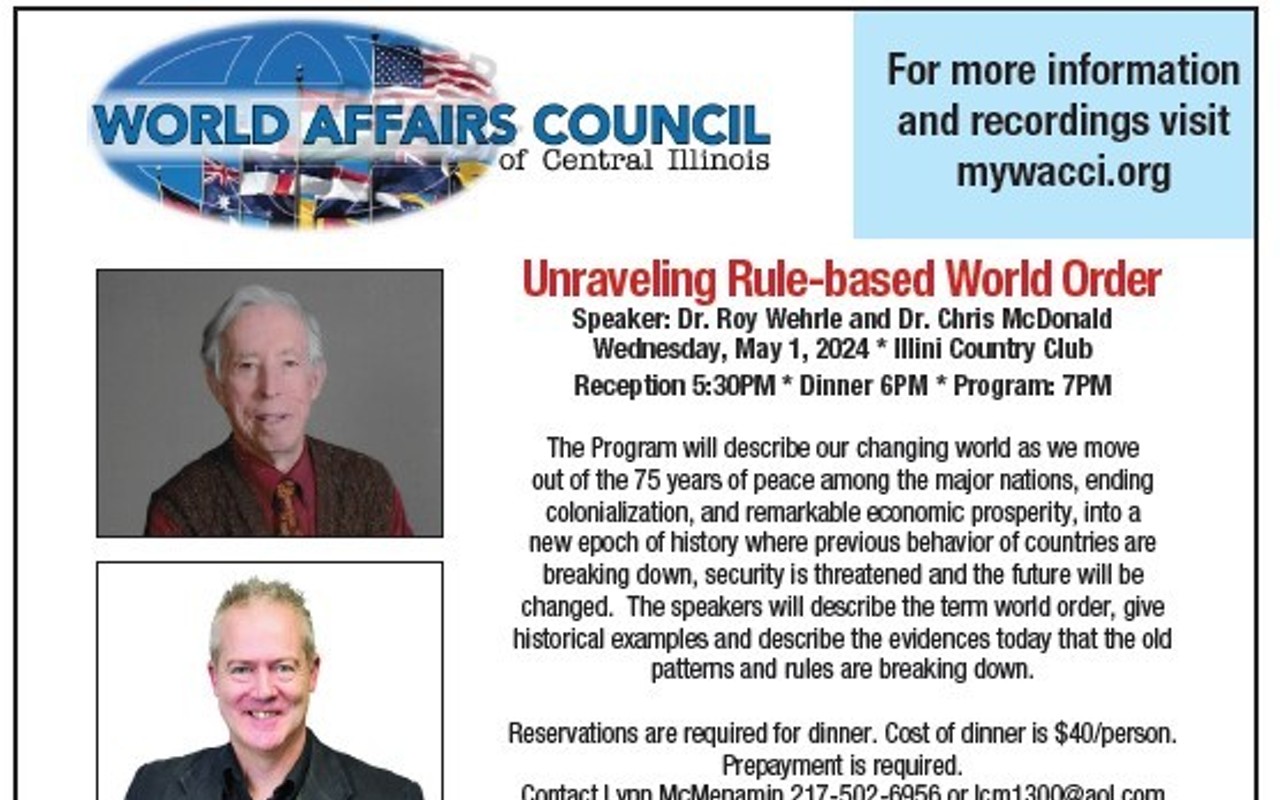This past month, a Cook County judge held the director of the Illinois Department of Children and Family Services in contempt of court, an unprecedented action. In this latest instance, two DCFS youngsters languished in mental health facilities months after they were ready to be discharged.
What's new? DCFS has been under a federal court order to do better for the 21,000 young in its care – for 30 years. This is a reflection of the uneven, often poor, job Illinois has done in providing and delivering services to the 4 million Illinois residents (out of 12.8 million total population) who receive health and social services from the state.
As a former Illinois House member whose service predates the four decades of the House Speaker Mike Madigan era, I have recommendations for reform of both our people services and the legislature.
The state of Illinois spends more than 4 of every 10 dollars of its operating budget on health and social services, while we spend just 2 in 10 of our state dollars on educating our kids, from preschool through our colleges and universities. Obviously, getting things right in providing services to people is a big deal.
Yet, according to research that Tom Johnson and I did for our book Fixing Illinois (University of Illinois Press, 2014), problems with the state's delivery of social services go much deeper and broader than DCFS. A few examples:
• Agencies and divisions operate within "silos," unable to share information digitally about clients, whose problems they often share. As one bureaucrat put it: Interagency cooperation is an unnatural act among unwilling partners.
• Perverse incentives. As a mom lamented recently to a nonprofit agency director: "I want out of welfare, but I'm trapped in the system." If she takes a job offer, she will immediately, before she can get her life back together, lose health care and other services for her children. So, she opts for what she thinks best for her kids and stays on welfare.
• We keep people in the system too long. DCFS keeps children in foster care longer than any other state in the nation.
• The wrong people are in charge. Governors come and go, and often enter office with little knowledge of state government. By the time they develop some understanding, the guvs and their agency directors are out the door. As a result, social services are largely directed by the powerful public employee unions, plus the interest groups that represent hospitals, doctors, nursing homes and other interests. Their leaders are, maybe understandably, often more concerned about their members than about the mostly powerless people they are supposed to serve.
So, who is to represent the poorly educated single mother who made bad decisions early in life? Or the veteran in a state nursing home, or any of the 4 million of us who receive state social services?
My friends say it's the governor's job, but governors are transient. The DCFS failures have been with us for 30 years, and six governors have been unable to fix the problems.
The responsibility ultimately falls to the Illinois General Assembly, with its fundamental responsibility to oversee the executive branch. Parliamentary systems such as in the United Kingdom do not even have an elected executive branch. Walter Bagehot, 19th century English political economist and founder of the Economist news magazine, observed: "The job of a minister (always a member of their Parliament, that is, legislature) is not to run his ministry (department), but to see that it runs well." That is the challenge for our General Assembly.
Our legislature has, however, become fragmented and woefully inept at handling big-picture problems. The Illinois House has 47 committees for a body of 118 members. Each can deal only with a little piece of our sprawling state bureaucracy.
This ridiculous number of committees has been created because: 1) each chair and minority party spokesman receive a $10,000 bump to his or her pay for heading a committee; almost every House member is a "committee leader," and 2) the fragmentation increases the power of the legislative leaders.
First, reorganize the Illinois General Assembly. Forty-seven House committees is nutty. The fragmentation assures that nothing comprehensive and significant will be accomplished.
Instead, for example, create a permanent Blue-Ribbon Commission on Social Services, a panel of legislators plus outside expert members (interest group leaders ineligible to serve). The commission would meet throughout each year and become students of the big-picture issues.
I know many good, smart people within both the Illinois bureaucracy and state legislature. Unfortunately, neither is organized to function effectively.
Jim Nowlan is a former Illinois legislator, state agency director, aide to three unindicted governors, chair of the Illinois Executive Ethics Commission, professor and community newspaper publisher.





















